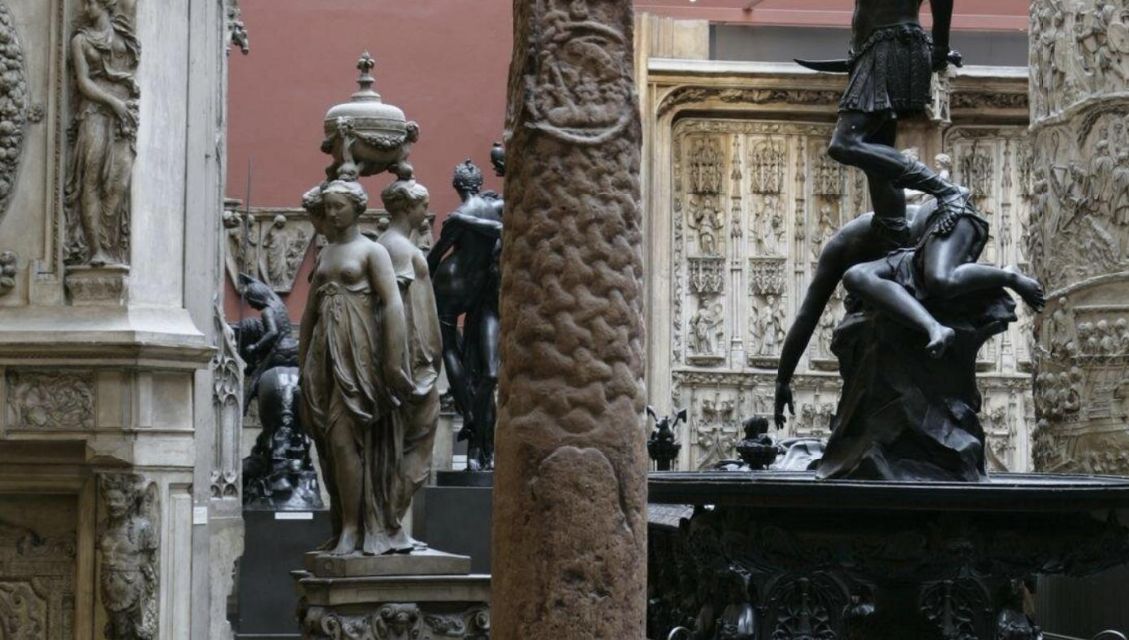The roots of the cross
If we start at the bottom of the Cross, we immediately notice something interesting, namely this ring-chain motif which resembles tree bark. Why would the sculptor want to create the semblance of a tree on their Cross?
In many of the Norse mythological texts we find mention of Yggdrasil, a sacred and immense ash tree which is literally central to the cosmos. It forms the spine of the different worlds, connecting the heavens with earth and the afterlife. Interestingly, the god Odin hangs himself on Yggdrasil in order to gain wisdom! We also find trees in Christian scripture, from the Tree of Life and the Tree of Good and Evil in Genesis, to the wood of the cross upon which Jesus is crucified.
Each of these trees is symbolic and carries different meanings. But an overarching idea, from the Tree of Life to the wooden cross, is an idea of hope and renewal. The tree bark-motif, then, turns this Cross into the Tree of Life. By “rooting” the Gosforth cross in this tree-bark, thereby “rooting” it from the first glance in both Christian imagery and Norse mythology, the sculptor would have hoped to catch the attention of both Christian and Viking viewers from the very beginning.
Tolkien himself was deeply enamoured with trees. They feature frequently, and at key moments, in his work. Trees are present as walking and talking benefactors, like Treebeard, as malevolent creatures, such as Old Man Willow, and as representatives of the sun and moon, like the Two Trees of Valinor, Laurelin and Telperion. One tree, however, carries a similar message of hope and a similar symbological meaning of continuity in the way the Cross and Yggdrasil do respectively, and that is the White Tree of Gondor. As a sapling of the Two Trees of Valinor, representative of light and divinity, it is repeatedly planted and protected by the Númenóreans as a symbol of their (divine) right to rule. When the line of Kings fails, the Tree itself withers. It is not until the true king Aragon, whose gifted elven name Estel means ‘Hope’, returns to reclaim the kingship that the tree begins to bloom again. What we see in the White Tree of Gondor is an attempt by Tolkien to meld together the “pagan” worship of trees with the Christian ideas of hope and a rule by righteous men. Tolkien used his fiction to discuss what he saw as flaws in Germanic mythology through a Christian lens, employing a similar syncretism as the Cross.
